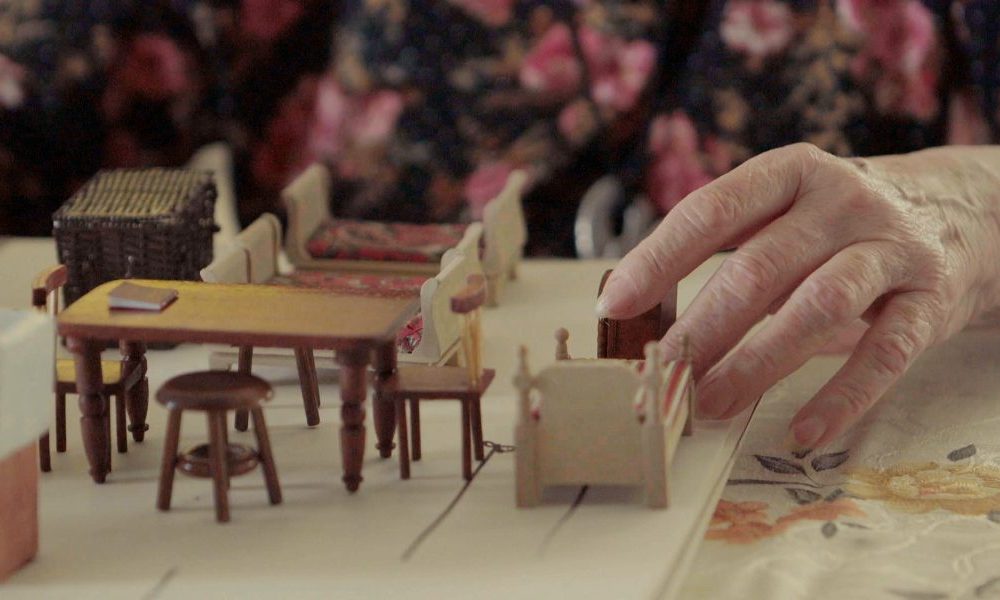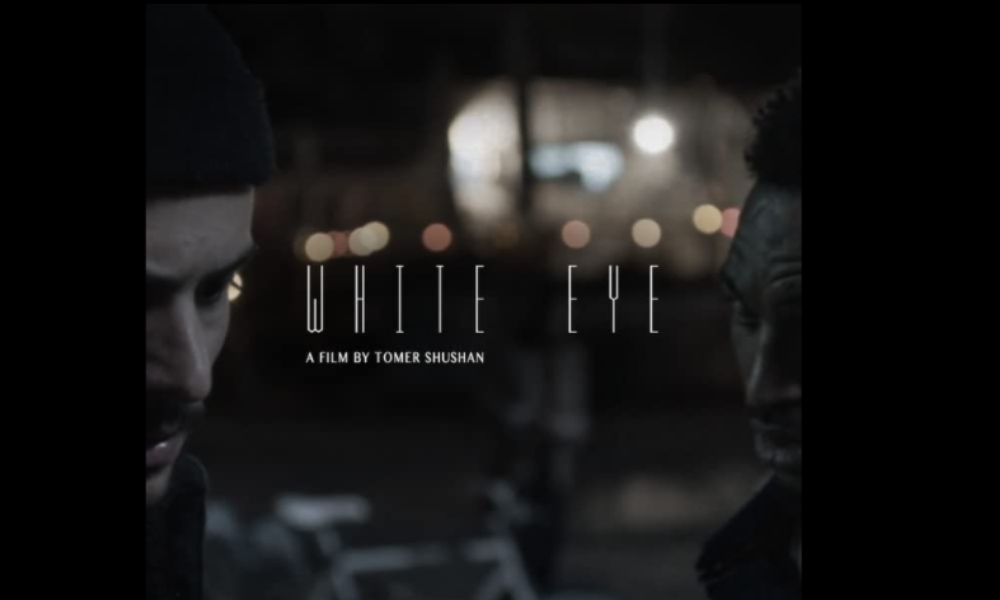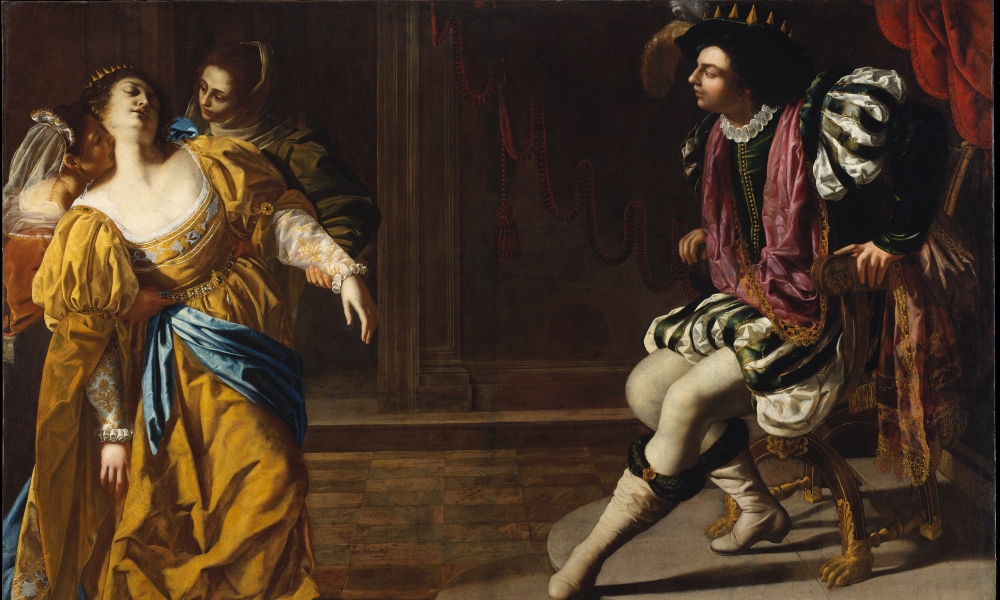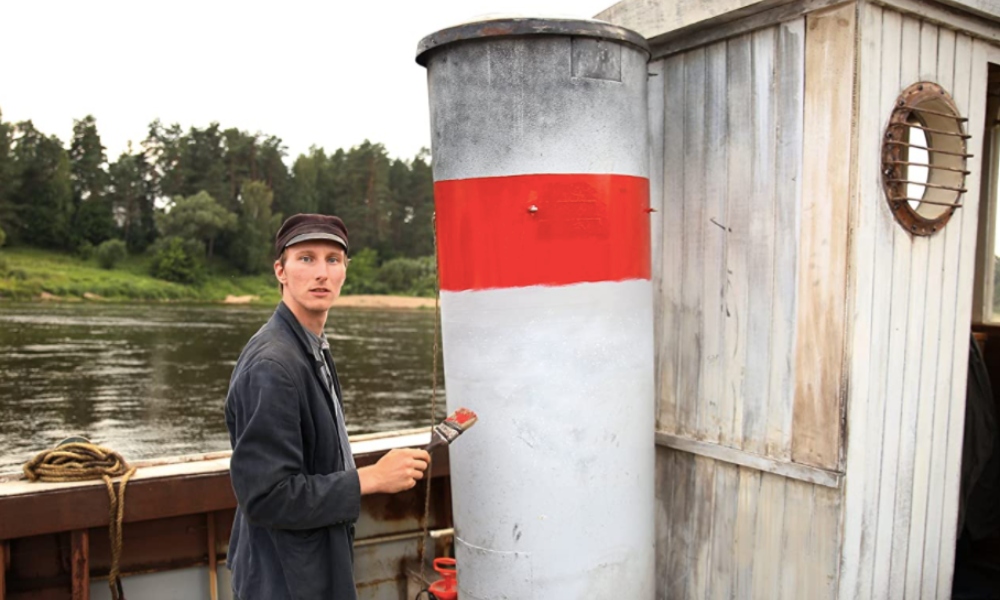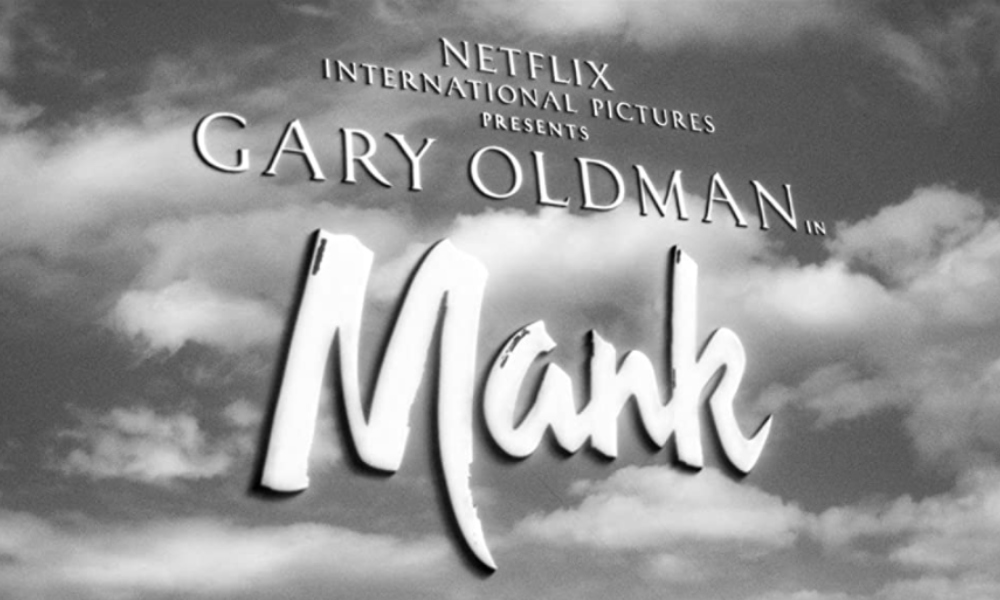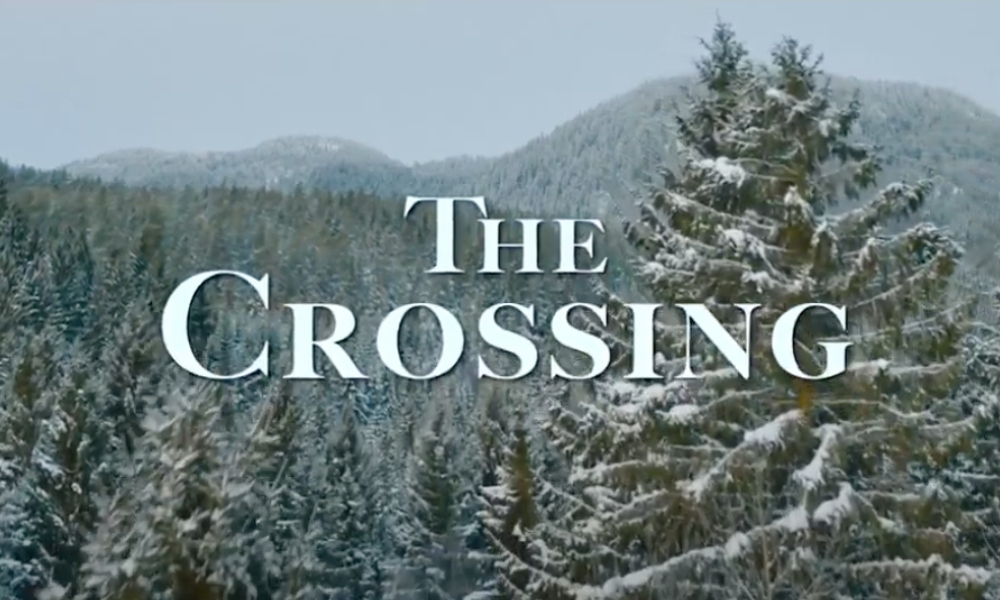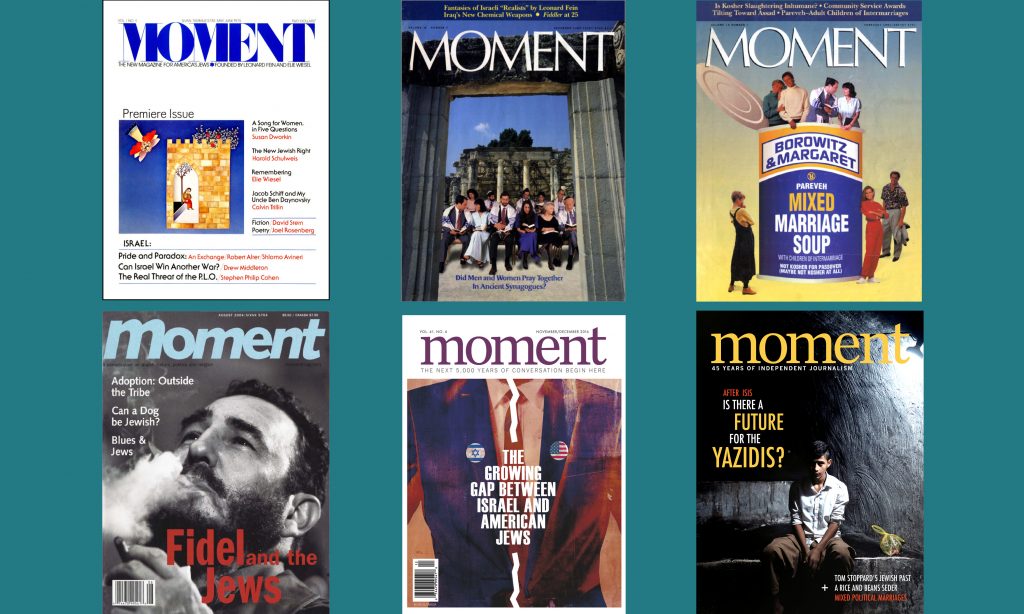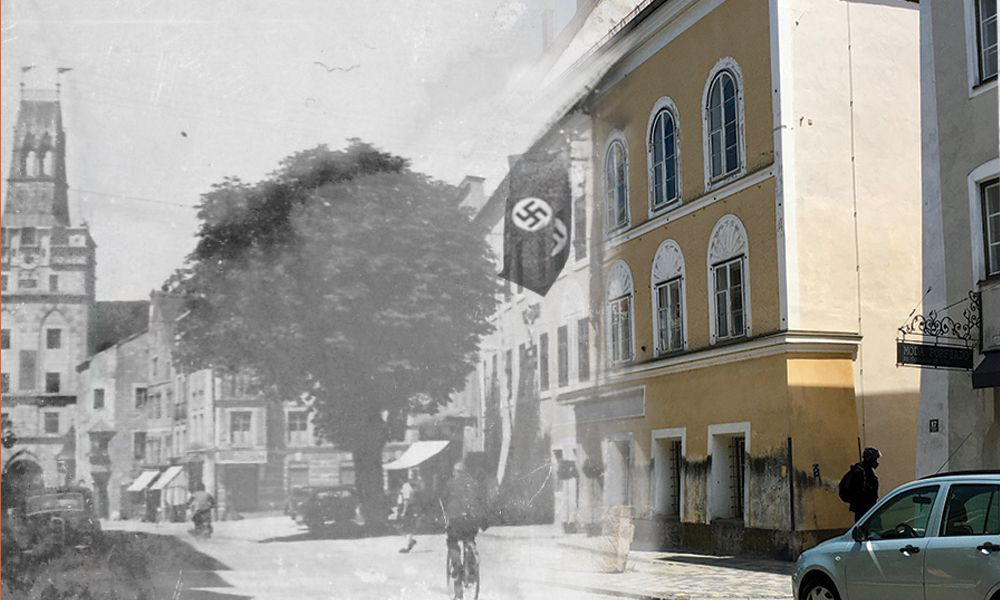209 rue Saint-Maur, Paris, 10ème—The Neighbours opens with shots of a Parisian tenement building as a mother tells her child the story of the three little pigs. The comforting voice-over drifts off as the mother pig tells her children that she cannot care for them any longer, foreshadowing themes of separation, struggle, threat and terror that are still relevant today.
The documentary, which premiered in the U.S. last weekend at the American Film Institute’s documentary film festival AFI DOCS, investigates the lives in and events surrounding the building during the Nazi occupation of France from 1940-1944. Using nominative censuses from 1936 and 1946, Ruth Zylberman, the film’s director, begins tracing the largely immigrant inhabitants of 209 rue Saint-Maur in Paris’ 10th arrondissement, an address she chose at random. Who remained and who was notably absent? Cross-referencing countless records and documents from during and after the war, she is able to track down a few former residents who had lived there as children and are now elderly adults. Some are easily found in the phonebook, while others must be searched for overseas, in America and Australia.

Filmmaker Ruth Zylberman at the Landmark E Street Cinema for AFI DOCS 2018. (Tom Kochel)
Zylberman painstakingly reconstructs the immeuble in a diagram with her subjects, using miniatures and family photographs to invite childhood memories to surface. For some, remembering comes easily. For others, it involves trauma has been suppressed for decades. Thin veils of indifference inevitably fall and innocent recollections of playing in the courtyard and teasing the testy concierge quickly transition to sharp descriptions of visceral terror. The floors were creaky; you could hear German officials’ footsteps draw nearer before the banging on doors began. The visuals are just as arresting. Throughout the film, b-roll of 209 rue Saint-Maur from the present day is juxtaposed with home movie footage from the 1940s, hauntingly projected on the walls of the building.
The Vel’ d’Hiv Roundup of July 16-17, 1942 takes a central role in the film as a unifying event experienced by the inhabitants of the bâtiment. In the two-day Nazi-directed raid, over 13,000 Parisian Jews were detained and interned before being sent to Auschwitz for mass slaughter. At 209 rue Saint-Maur, a former police officer warned some of his Jewish neighbors, who were then able to hide in other apartments. Word didn’t get to others in time. Parents parted with children, desperately hoping for their survival. The children who did survive, now interview subjects in the documentary, were left with fear and uncertainty, the memory of which remains a persistent presence in their lives.
Zylberman says her subjects are not traditional Holocaust testimony tellers because they didn’t remember certain details from their early lives and weren’t necessarily prepared to share their stories. But this is not a traditional Holocaust documentary. The emphasized horror is not the internment and concentration camps themselves—though Pithiviers and Auschwitz are mentioned—but, topically, the separation of families, a trauma any child could recollect years later in some capacity. Many of the Jewish children at 209 rue Saint-Maur were cared for by neighbors. Some were placed with new families as far away as the United States.
While these people’s families were irrevocably ripped apart, the film ends with a reunion of sorts. The living former residents return to 209 rue Saint-Maur with their families. “Could my parents have touched this door?” one man asks. A woman tells a speechless man that she remembers holding him as a baby after his mother held him out to her, begging her grandmother to take him and care for him. He tearfully kisses her on both cheeks. Another woman tells an old friend she must not feel guilty for her brother’s Nazi sympathies. After all these years, long since moved, they are still neighbors.
Producers titled the original, French version of the documentary “Les enfants du 209 rue Saint-Maur, Paris Xème,” justifiably implying that “the children” were the the focus, but Zylberman chose “the neighbours” for the English title because, more than anything, the film is a story about human connection. The inhabitants of 209 rue Saint-Maur in the 1940s were not all Jewish, but most of them were immigrants and knew what it was like to be outsiders. While some betrayed their neighbors, most took them in and protected them. They were united, if by nothing else than their common humanity—and their address.

